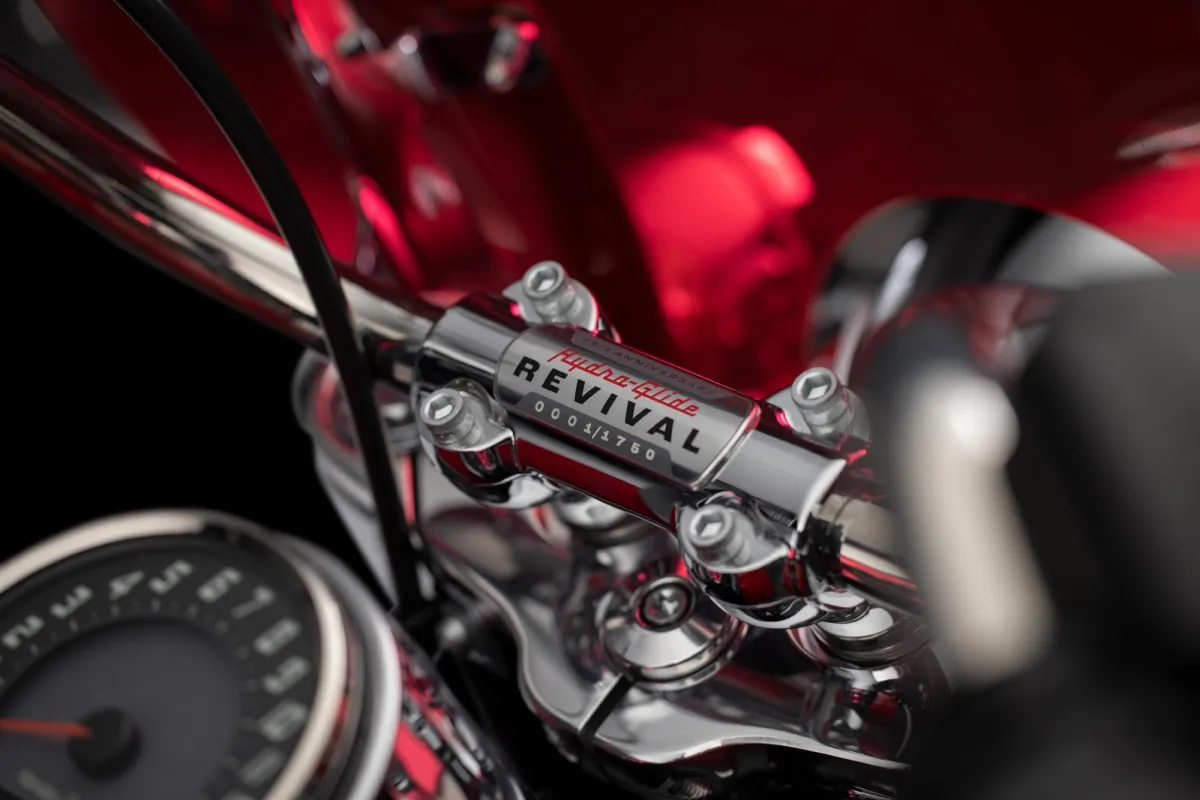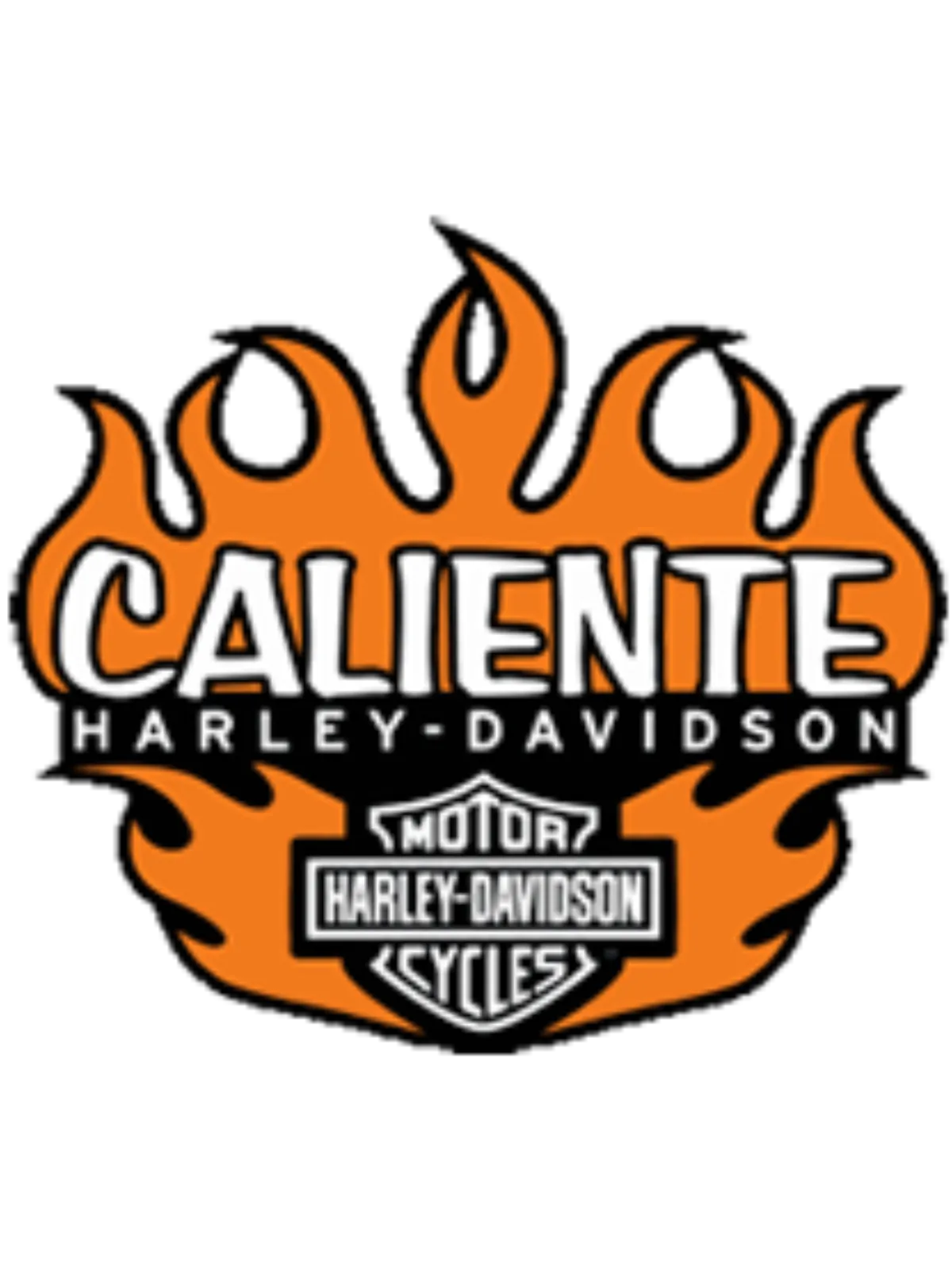Caliente Harley-Davidson Blog

The Evolution of Harley-Davidson Engines
The Evolution of Harley-Davidson Engines
Harley-Davidson engines are the heart and soul of the brand, each generation showcasing innovative designs, technological advancements, and a distinct sound that has become synonymous with freedom and the open road. From the early days of single-cylinder engines to the modern, high-performance powerplants, Harley-Davidson's engine evolution is a journey of constant improvement and adaptation. Here’s a look at the key engines that have powered Harley-Davidson motorcycles through the decades.
1. The Early Years: Single Cylinder (1903-1909)
The first Harley-Davidson motorcycle, built in 1903, was powered by a small, single-cylinder engine. With a modest 3 horsepower, this engine was basic but reliable, setting the foundation for the company’s future. Harley-Davidson quickly recognized the potential of adding more power and began developing larger engines to meet the growing demands of riders.
2. F-Head Engine (1914-1929)
The F-Head engine, also known as the "pocket valve," was Harley-Davidson's first V-Twin, introduced in 1914. This engine featured an overhead intake valve and a side exhaust valve, which provided significant power improvements over the earlier single-cylinder designs. With its unique configuration, the F-Head powered Harley-Davidson motorcycles during the formative years of World War I, establishing the brand as a serious contender in the motorcycle world.
3. Knucklehead Engine (1936-1947)
Introduced in 1936, the Knucklehead was Harley-Davidson’s first overhead-valve V-Twin engine, featuring hemispherical combustion chambers and rocker boxes that resembled knuckles—hence the nickname. This engine was a game-changer, offering improved performance, increased power, and better cooling. The Knucklehead’s distinctive design set the stage for Harley-Davidson’s signature engine style and helped cement the brand’s reputation for building powerful, reliable motorcycles.
4. Panhead Engine (1948-1965)
The Panhead engine was an evolution of the Knucklehead, featuring aluminum heads for improved cooling and hydraulic lifters for reduced maintenance. The rocker boxes resembled upside-down pans, giving this engine its name. Known for its durability and smooth operation, the Panhead powered some of Harley-Davidson’s most iconic models, including the first Electra Glide.
5. Shovelhead Engine (1966-1984)
The Shovelhead engine was introduced in 1966 as an upgrade to the Panhead. It featured a distinctive shovel-shaped rocker cover, which gave the engine its name. The Shovelhead offered increased power and displacement, making it popular among riders seeking more performance. However, it also faced challenges with heat management and reliability, prompting Harley-Davidson to continue innovating.
6. Evolution (Evo) Engine (1984-1999)
The Evolution engine, or “Evo,” marked a significant turning point for Harley-Davidson. Introduced in 1984, the Evo featured an all-aluminum design that improved cooling and reduced weight. It was more reliable, easier to maintain, and offered better performance than its predecessors. The Evo played a crucial role in revitalizing Harley-Davidson’s reputation in the 1980s, helping the company to re-establish itself as a leader in the motorcycle industry.
7. Twin Cam Engine (1999-2017)
The Twin Cam engine debuted in 1999, bringing a new level of performance to Harley-Davidson motorcycles. Featuring dual camshafts for improved valve timing and larger displacement options, the Twin Cam offered increased power, torque, and efficiency. It became the backbone of Harley-Davidson’s touring, Softail, and Dyna lines for nearly two decades, beloved by riders for its robust performance and classic Harley feel.
8. Revolution Engine (2002-2017)
The Revolution engine was a departure from traditional Harley-Davidson designs. Co-developed with Porsche, this liquid-cooled, high-revving V-Twin engine powered the V-Rod line, representing Harley’s foray into the world of performance cruisers. With its smooth power delivery and modern design, the Revolution engine attracted a new generation of riders while showcasing Harley-Davidson’s ability to innovate beyond its classic air-cooled roots.
9. Milwaukee-Eight Engine (2017-Present)
The Milwaukee-Eight engine, introduced in 2017, represents the latest evolution in Harley-Davidson’s V-Twin legacy. With four valves per cylinder, dual spark plugs, and improved cooling options (both air- and liquid-cooled), the Milwaukee-Eight offers significant gains in power, efficiency, and ride quality. This engine provides a smoother, more responsive ride, with reduced vibrations and a distinctive exhaust note that remains unmistakably Harley-Davidson.
10. Revolution Max Engine (2021-Present)
The Revolution Max engine marks Harley-Davidson’s bold step into the adventure and streetfighter markets. Debuting in the Pan America and Sportster S models, this liquid-cooled, 1250cc V-Twin engine offers high performance, advanced technology, and a flexible design that allows Harley-Davidson to compete in new segments. With variable valve timing and a high-revving nature, the Revolution Max engine reflects Harley’s commitment to embracing the future of motorcycling.
A Legacy of Power and Innovation
The evolution of Harley-Davidson engines is a testament to the brand’s commitment to innovation, performance, and the rider experience. From the early single cylinders to the advanced Milwaukee-Eight and Revolution Max engines, each generation has pushed the boundaries of what a Harley-Davidson motorcycle can be. As the company continues to innovate, Harley-Davidson’s engines will remain the beating heart of its motorcycles, fueling the dreams and adventures of riders worldwide.

Facebook
Instagram
TikTok
Youtube